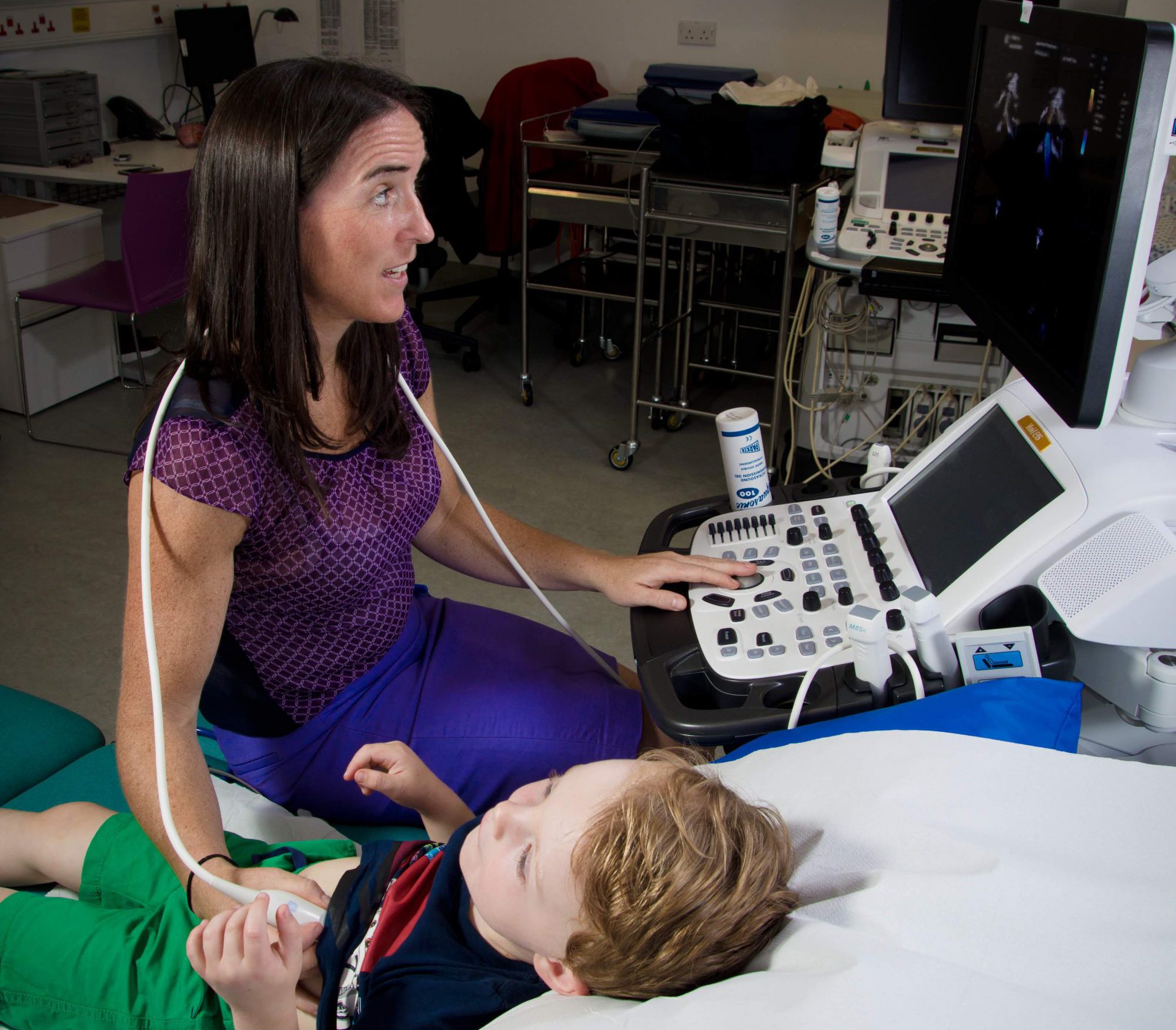What is a ventricular septal defect?
A ventricular septal defect (VSD) is a hole in the wall that separates the lower right and left heart pumping chambers (ventricles). It is the most common type of congenital (present from birth) heart condition.
In patients with VSD, oxygen-rich blood passes from the left ventricle and mixes with oxygen-poor blood in the right ventricle. This sends the blood back to the lungs and makes the work of the heart inefficient and harder. The larger the hole, the more symptoms it can cause. If there is significant flow of blood across the hole some infants may develop difficulty with growth and breathing. Symptoms due to the VSDs may be able to be managed with medication and high calorie feeding regimes. If that is not sufficient, surgical repair to close the hole is recommended. Rarely, a VSD can lead to an infection in the heart, called bacterial endocarditis.
Treatment for babies and children with ventricular septal defects?
Many VSDs are small enough that observation or medical therapy, including higher calorie formula or medications to relieve congested breathing, are all that is needed. Fro many VSDs the natiral history is for them to become smaller on their own and even close spontaneously over time.
If an infant has significant difficulties with growth or breathing, despite medical therapy, then surgical closure can be performed with excellent results. In some instances the defect can be amenabke to a catheter or “key-hole” based procedure. The need for surgical or interventional closure is based on the type and size of defect as well as clinical symptoms seen in the baby or child.
